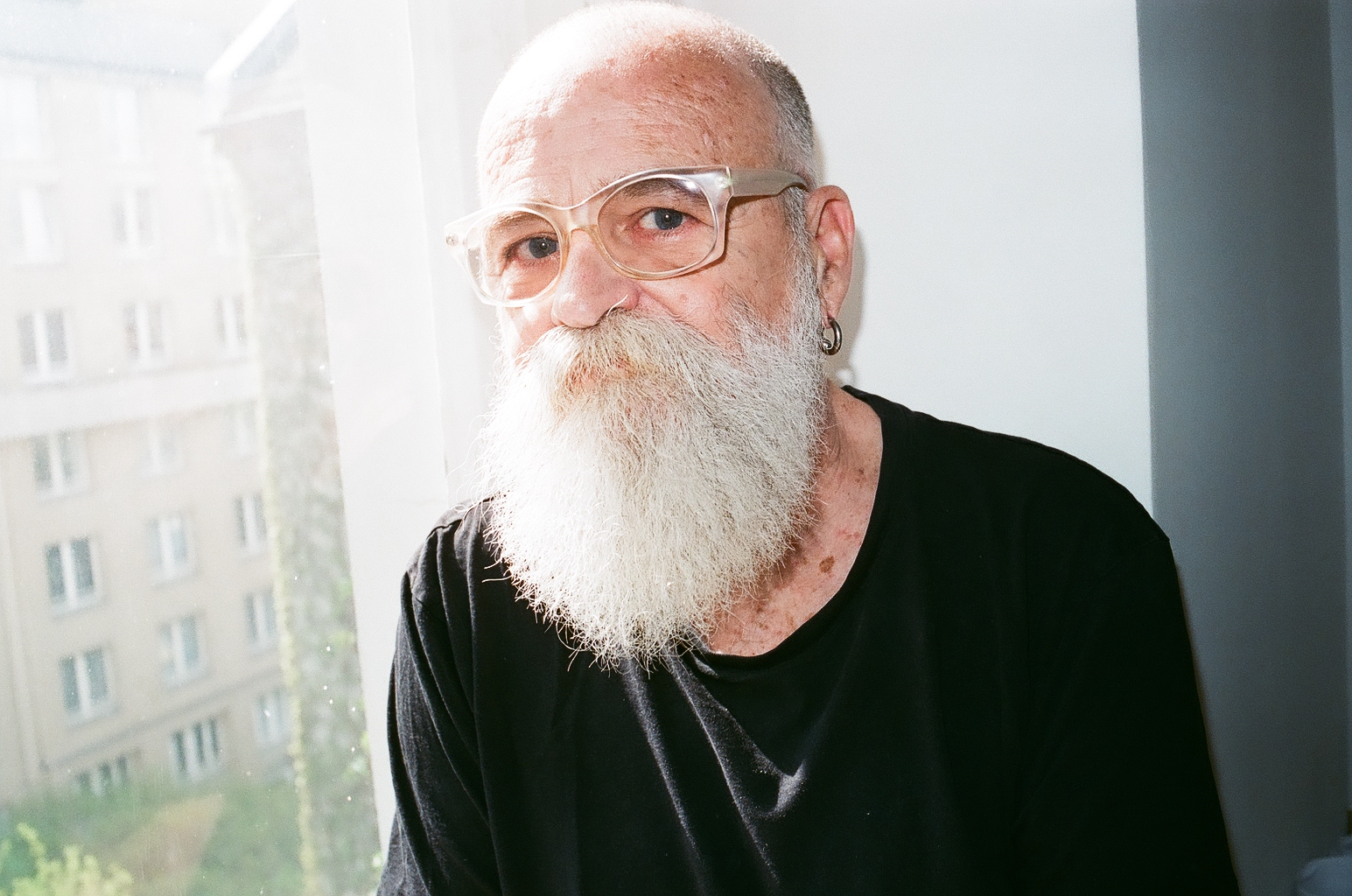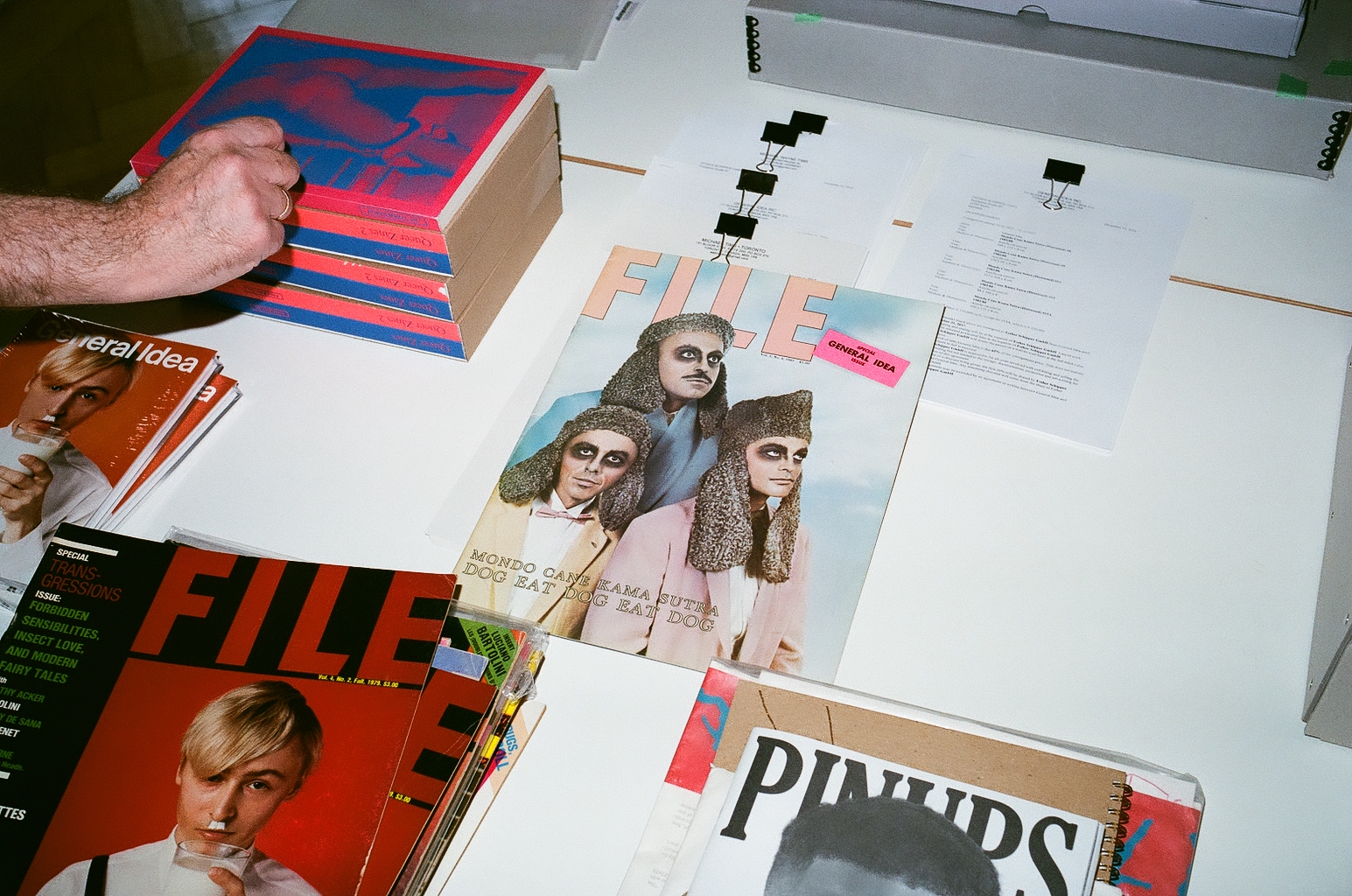Purple Magazine
— Purple 25YRS Anniv. issue #28 F/W 2017
AA Bronson
on fanzine subculture
interview by SVEN SCHUMANN
photography by MAXIME BALLESTEROS
 Portrait of AA Bronson by Maxime Ballesteros
Portrait of AA Bronson by Maxime Ballesteros
AA Bronson is the godfather of zine culture. Together with his artists’ collective General Idea, he pioneered independent magazine publishing in 1972 by putting out FILE Magazine, a LIFE Magazine. He continued to shape the world of independent art publications during his tenure as director of Printed Matter in New York, a nonprofit organization promoting artists’ books. Bronson now lives and works mainly in Berlin, and zine publishers from all over the world still seek his approval.
SVEN SCHUMANN — How would you describe the current state of the magazine industry?
AA BRONSON — Publishing has died to a certain extent. Traditional publishing companies are no longer what they used to be because of the Internet. But in the visual world — and I think that…
